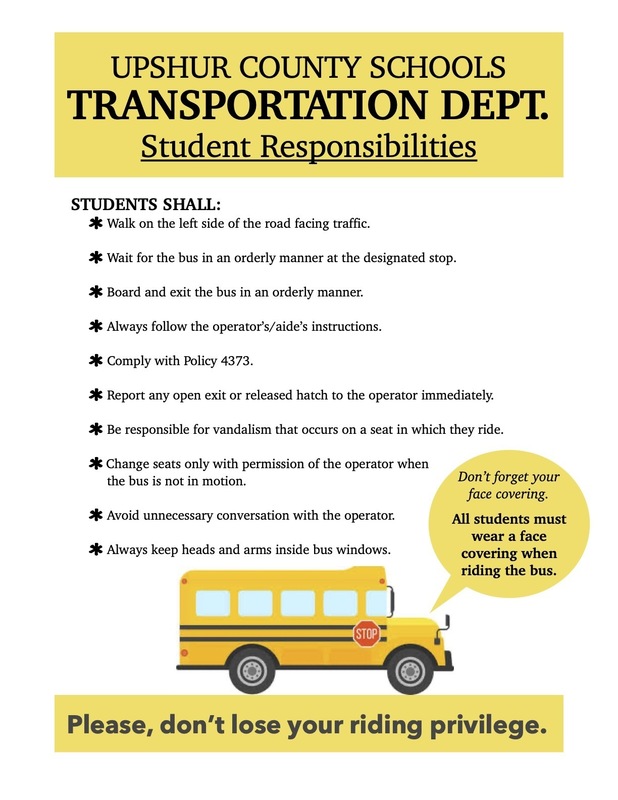

Some taxi drivers own the cab they drive others lease it from a dispatch company. Some passenger vehicle drivers may have to pick up heavy luggage and packages, so they must take care to prevent strain or injury. Other transit and ground passenger transportationĭriving through heavy traffic or bad weather and dealing with unruly passengers can be stressful. Local government, excluding education and hospitals The largest employers of passenger vehicle drivers were as follows: Educational services state, local, and private Employment in the detailed occupations that make up passenger vehicle drivers was distributed as follows: Bus drivers, school Passenger vehicle drivers held about 832,600 jobs in 2021. Motor coach drivers transport passengers on chartered trips or sightseeing tours and sometimes act as tour guides. Drivers of intercity buses travel between cities or towns, sometimes crossing state lines.

Drivers of local transit buses travel city or suburban streets and may stop frequently. They ensure that passengers pay the required fare, either by managing the fare box or collecting tickets, and answer questions about schedules and routes. Transit and intercity bus drivers usually follow a daily schedule to transport people on regular routes. Taxi drivers use a meter to calculate the fare ride-hailing drivers are paid by a credit card that is linked to the app that passengers use. Both are summoned, taxi drivers-also called cabdrivers or cabbies-via a central dispatcher or at a designated pickup location and ride-hailing drivers through a smartphone app. Taxi and ride-hailing drivers pick up and drop off passengers, for a fare, on an unplanned basis. Some chauffeurs do the duties of executive assistants, acting as driver, secretary, and itinerary planner. Chauffeurs drive limousines, vans, or private cars and are hired to transport clients either for single trips or on a regular basis.

Shuttle drivers often drive large vans between airports or train stations and hotels or other destinations. Shuttle drivers and chauffeurs take passengers on planned trips. School bus drivers also maintain order on the school bus and report disciplinary problems to the school district or parents. School bus drivers transport students to and from school and other activities, such as field trips and sporting events, when the academic term is in session.

The following are examples of types of passenger vehicle drivers: Passenger vehicle drivers must stay alert to ensure their passengers' safety, especially in heavy traffic or bad weather. Help passengers load and unload belongings.Maintain vehicle by checking tires, lights, and oil.Keep passengers informed of possible delays.Follow procedures to ensure passenger safety.Obey traffic laws and state and federal transit regulations.Help passengers, including those with disabilities, get into and out of the vehicle.Follow a planned route or drive to a requested destination.Pick up and drop off passengers at designated locations.Passenger vehicle drivers typically do the following: They operate a range of vehicles, from small cars with limited seating to 60-foot articulated buses (with two connected sections) that can carry more than 100 passengers. Some drive regular routes, while others’ destinations vary daily. Passenger vehicle drivers transport people, sometimes across state and national borders.


 0 kommentar(er)
0 kommentar(er)
